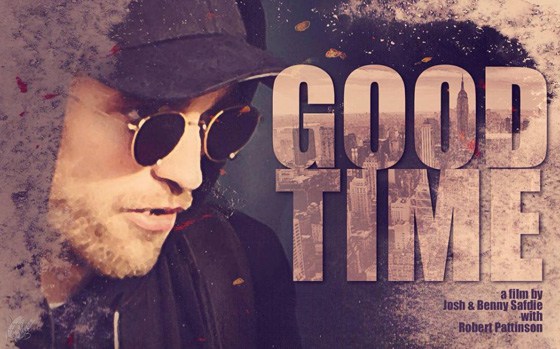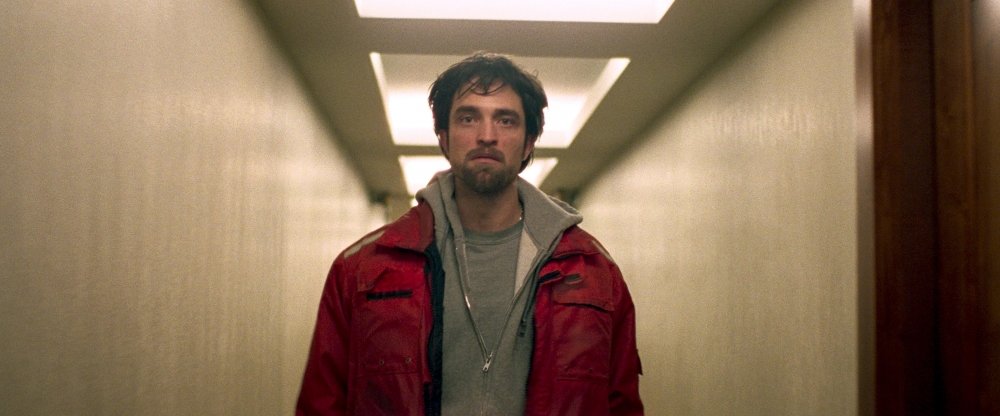A robbery gone wrong. It’s a good start.
An ink pack explodes in a cab, sending the thieves – brothers Connie and Nick Nikas – scrambling to clean themselves (and the money) in a Domino’s bathroom. When the police finally catch up to them, Nick panics, running his way right through a glass door – and into handcuffs.
With Nick’s mental handicap, Connie is dead scared to leave him alone in jail. And rightfully so – after his first hour or so, Nick is in the hospital on account of a brawl. Unaware, his brother scrambles to bail him out, but a good portion of the money is no good thanks to the ink pack. Without another ten grand, Nick won’t get bail – and the two of them will be caught.
 When Connie finds out about Nick’s hospitalization, he resolves to break him out. Sneaking his brother back to a stranger’s apartment, Connie begins his descent into the underbelly of Queens, encountering along the way a teenage girl, a recently freed jail-bird, an amusement park security guard, and a host of other life teeming in the streets over the course of a single night.
When Connie finds out about Nick’s hospitalization, he resolves to break him out. Sneaking his brother back to a stranger’s apartment, Connie begins his descent into the underbelly of Queens, encountering along the way a teenage girl, a recently freed jail-bird, an amusement park security guard, and a host of other life teeming in the streets over the course of a single night.
Now it’s a good time.
Kurt Vonnegut has a theory that all stories take on graph-able shapes, following specific patterns. One of these can be described as “from bad to worse,” wherein the main character gets off to a bad start and continues going downhill for the rest of the tale. The accompanying graph displays a line going down the whole way to zero on the x-axis.
Good Time fits neatly into this category, with Connie – already a failed thief – sinking deeper into a bad situation as the moon rises. He might be a redeemable character, but his chances at redemption disappear as every person he encounters he succinctly screws over.
That being said, it might be difficult to truly enjoy the film (watching someone’s steady decline can be kind of dispiriting) if the ride wasn’t so thrilling. Connie weasels his way out of the tightest of situations in ways that rival MacGyver’s improvisational cleverness. However, he’s far better at manipulating people than he is a Swiss Army knife.
With every new encounter, the score by experimental musician Oneohtrix Point Never drives Connie forward, mimicking his own ambition. The droning, sustained synth hums, sometimes even screams with the passing of time. It’s almost stressful, which in most other situations would be unpleasant. Instead, it resounds with the growing pressure on Connie to find his brother, contributing to the mounting suspense.
Apparently the 70th Cannes Film Festival agreed; though Good Time didn’t garner the Palme D’Or it was competing for, Oneohtrix Point Never took home the Cannes Soundtrack Award.
The score pushes the night along in concert with the psychedelic neon lighting, which illuminates the streets of Queens like a midnight runway. And once Ray – a bystander who becomes Connie’s partner in crime – introduces a water bottle full of acid into the mix, it all makes sense: the whole night could just be a bad trip. If only Connie wasn’t so sober.
Still, in the fashion of Gonzo, drug-induced absurdity, the film remains funny and even endearing at times when all hell is breaking loose. There is a heart in Connie, and though he leaves a trail of wreckage, he has good intentions. Unfortunately, the cast of characters’ drug of choice – crime – perpetuates a series of events that can’t end well for anyone.
Overall, Good Time delivers exactly what the title suggests. Though it isn’t a great ride for Connie or Nick, it’s a hell of a blast for the audience. You’ll grip your seat and hope for the best, as every one of Connie’s hapless comrades does as well, but redemption may never come.


